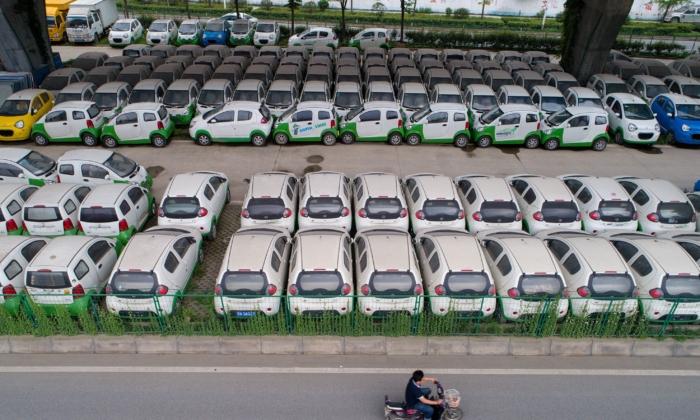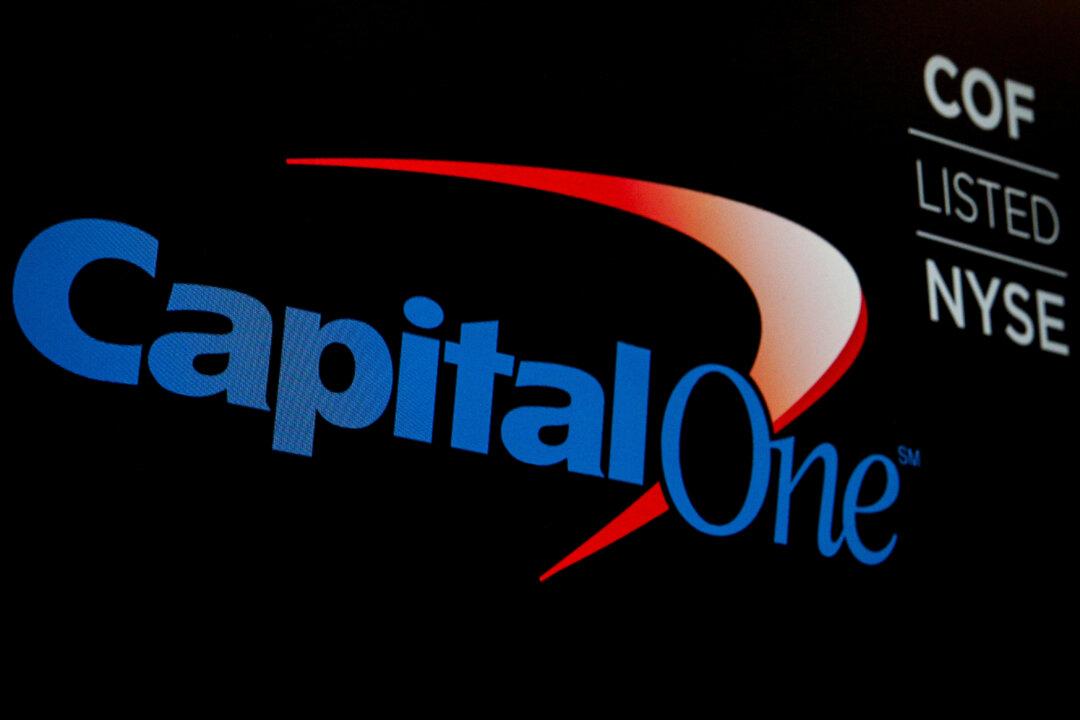Electric vehicle inventories continued to remain high in July, with several models having more than 100 days’ worth of supply.
Though new EV inventories fell slightly from 103 days’ supply in June to 100 days in July, it remains “well above industry average,” intelligence platform Cox Automotive said in an Aug. 10 post.
Many EVs had more than 100 days supply in July 2023. Electric cars from Nissan, Kia, and Hyundai had over 100 days’ supply. For the Ford-150 Lightning, the figure was 74, while it was higher for Mustang Mach-E.
Chevy Bolt, an affordable electric variant, had the lowest days’ supply among best-selling EVs at less than 35 days. BMW i4 and Cadillac Lyriq were also potentially in more demand.
Based on AutoForecast Solutions, more than 90 new electric car models are expected to be launched in the American market through 2026. A number of them will struggle to reach a profitable sales volume, it said, cited Reuters.
Many consumers are still evaluating whether EVs will fit their needs. “There’s a natural speed of market growth here that many are fighting against, and there’s a lot of confusion in the market with too many brands,” said Vitaly Golomb, an investment banker who focuses on electric vehicles.
“The strong will survive here, and the rest will struggle.”
American Rejection of EVs
As inventories pile up, a recent survey showed that Americans who are more resistant to purchasing EVs were becoming “more entrenched in their views.”In the annual Electric Vehicle Survey from Autolist published in July 2023, 26 percent of respondents said “no” when asked whether they ever see themselves owning an EV. This is 5 percentage points higher than in the prior year.

The percentage of people who replied that they intend to buy EVs “in the future” dropped to 39 percent from 42 a year back.
Only 38 percent agreed that EVs were better for the environment compared to gas vehicles, dropping from 46 percent in 2022. The percentage of people who said gas vehicles are better for the environment jumped from 9 to 13 percent during this period.
“This was interesting to us because while EVs are often treated as an inevitability in the media and by automakers themselves, not everyone sees them that way,” said Corey Lydstone, founder and CEO of Autolist.
While 42 percent of respondents were concerned that EVs were too expensive to buy or lease, 39 percent were worried about vehicle range in a single charge, and 33 percent were concerned about where to charge the EVs.
EV charging remains a significant issue in the United States.
EV Wasteland in China
While EVs are being pushed as a renewable, environment-friendly transportation solution, there are growing concerns about the pollution risks posed by these vehicles as they are discarded.
A decade ago, numerous automakers from China embarked on churning out electric vehicles due to government subsidies. Such vehicles were mostly brought by ride-hailing firms. In 2019, Beijing started slashing the subsidies. Many ride-hailing companies could not survive, and a large number of EVs ended up getting dumped.
The fact that the EV industry has rapidly grown over the past decade has played a major part in this eventuality. Newer EVs have better features and more range than earlier vehicles. As such, the older EVs had no demand and were abandoned.
In an interview with The Epoch Times in 2021, Wu Feng, a professor at the Beijing Institute of Technology, said that just a 20-gram cell phone battery can “pollute a water body equivalent to three standard swimming pools.”
If the cell phone battery is “buried in the ground, it can pollute one square kilometer (247 acres) of land for about 50 years.” As EV batteries are much larger than mobile phone batteries, their environmental impact can be massive.







